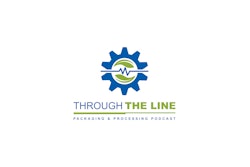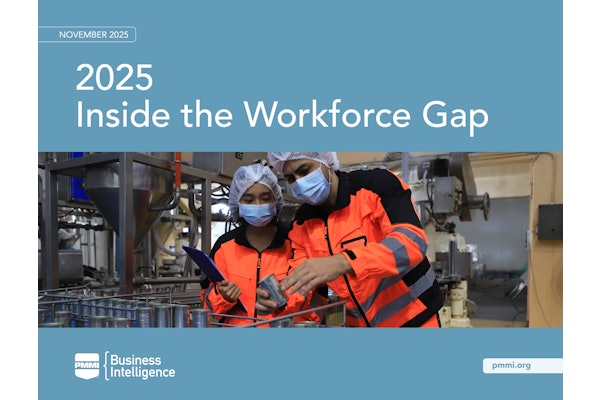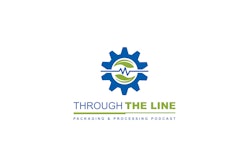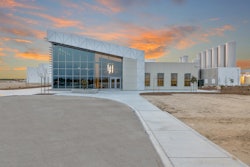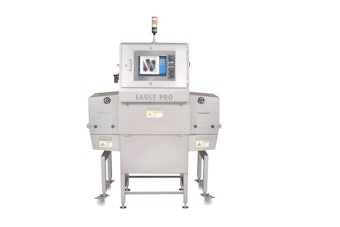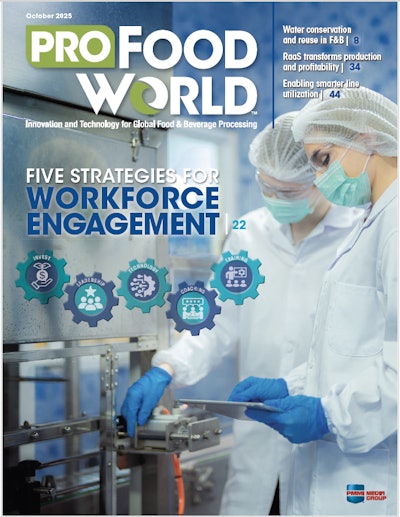The brands that treat employee training as a priority rather than an afterthought find the most success in operations.
That's according to Lisa Rathburn, Vice President of Operations at The Marzetti Company. Rathburn identifies key ways food and beverage producers can prioritize employee growth and engagement, from clear expectations to gamification.
Watch Rathburn's full conversation with Bryan Griffen of Griffen Executive Solutions for more insights on filling the workforce gap in food and beverage manufacturing.
Bryan Griffen: So, how do we build those skills that we need for our companies inside the factory? Especially when it feels like everyone's already running on full speed. There's not a lot of time to take off and go do trainings. So how do we deal with that?
Lisa Rathburn: Right, so Bryan, we have 14 facilities, and the plants that are not treating training as an extra task, as something extra they have to go do, the ones that are making it part of the way they work—those are the ones that having the most success and the most progress.
There are just some basic fundamentals where you have to be clear on what the training expectations are through developing a skills matrix or a qualification card. Whatever any individual company wants to call it. And make sure that those opportunities for training are outlined and identified.
The other way of doing this is also through rotation, job rotation. So, you build a lot of both depth as you take training courses, but maybe not a lot of breadth, and people like to feel like they're continuing to be developed. And so, rotations allow for breadth of knowledge as people rotate through different jobs.
There's also, going back to that technology example, right? People love the technology and the way that we present the training is starting to change. So, I have two young sons that like YouTube shorts. And so, bite-sized training videos work for adults too. Yeah. Mobile learning, using iPads so that it's there and available at the place where the work is happening.
And we haven't implemented this, but I've seen it at trade shows: augmented reality for hands-on practice. We can't train on the real systems, so being able to do it in simulation. The whole concept of, we talked about an iPad game, gamification, where there's points or badges or rewards or levels, that there's a feeling of achievement when certain metrics are met.
It really does boost engagement, and it really resonates with people that like technology.



